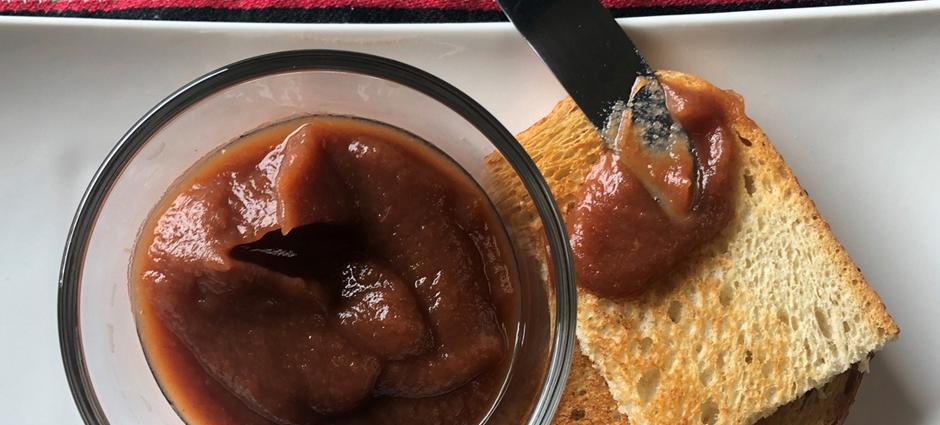Five Ways to Preserve Fall Fruits
There isn't much that surpasses the flavor of apples, pears, grapes, figs, or persimmons in the cool fall months. You should be consuming produce In-season for the best flavor and nutrition, but sometimes it’s nice to have the taste of an apple or pear to enjoy during the off-season. Preserving fall produce for enjoying later means you can enjoy seasonal favorites all year long. A bag of crispy cinnamon apple or persimmon chips, a jar of canned pears, or even pickled figs and grapes could be what you need. When preserving, remember to start with the best fruit from your local farmers’ market for the best results. The produce is fresh, flavorful, and often with unique varieties available.
Canning: One of the most flexible ways to preserve fruit is canning. Canning preserves fruit for about a year or so. Jams, spreads, butters, and fruit in syrup are just some of the delicious foods you can create with a simple water bath canner, jars, and a few tools. Apple butter and pears in light syrup are two easy ones to try. Just be sure to follow directions in your approved recipe to avoid illness or contamination. Visit the National Center for Food Preservation website at nchfp.uga.edu. Uses: Top toast or ice cream with jams and butters, pour on top of chicken or pork.
Pickling: This version of canning allows for many fruits to be preserved by adding vinegar, salt, and pickling spices. Usually, vegetables are pickled, but homemade pears, grapes, figs, and even persimmons can be pickled. Pickled fruits can last up to two years because of the acidic content. Uses: Impress at your next dinner party featuring homemade pickles on your charcuterie board, pepper jelly topping on a block of cream cheese.
Dehydrating: Love apple chips? Using a dehydrator, the oven, or even the sun can produce some great snacks using fall and winter produce. Persimmon, apple, and pear chips are some favorites. An easy way to make raisins at home is to use a dehydrator. Dehydrated foods should be used within four months. One drawback to dehydrating is that it takes time and patience to dry fruit to the desired consistency. But the results are delicious! Uses: Mix your dried fruit with nuts for a homemade trail mix, or add to quick breads and muffins, or add to yogurt or your morning oatmeal.
Fermenting: This form of food preservation has been experiencing a renaissance as people discover the advantages of fermenting for the probiotics that are created. Start with a fermenting kit, or visit reliable websites to learn how. Apples, figs, grapes, and more can be fermented. The difference between fermentation and pickling is that fermentation is preservation through a bacterial reaction, whereas pickling is preservation via salt and acid. Uses: Make pastrami and homemade sauerkraut sandwiches, add to potato salad, toss in salads.
Freezing: Almost all fruit can be frozen. They are easily frozen, but some do not maintain their firmness. Frozen fruit is better used for sauces and jams. A good investment is one of the seal-a-meal machines if you do a lot of freezing. Many of your seasonal produce selections can be stored, defrosted, and used at a later date. Frozen fruit should last several months. Uses: Pull fruit from the freezer for easy-to-prepare jams, make healthy smoothies in the blender.
Try your hand at some of the preserving techniques above and enjoy the fruit of fall all year long. It's fun for the whole family!




